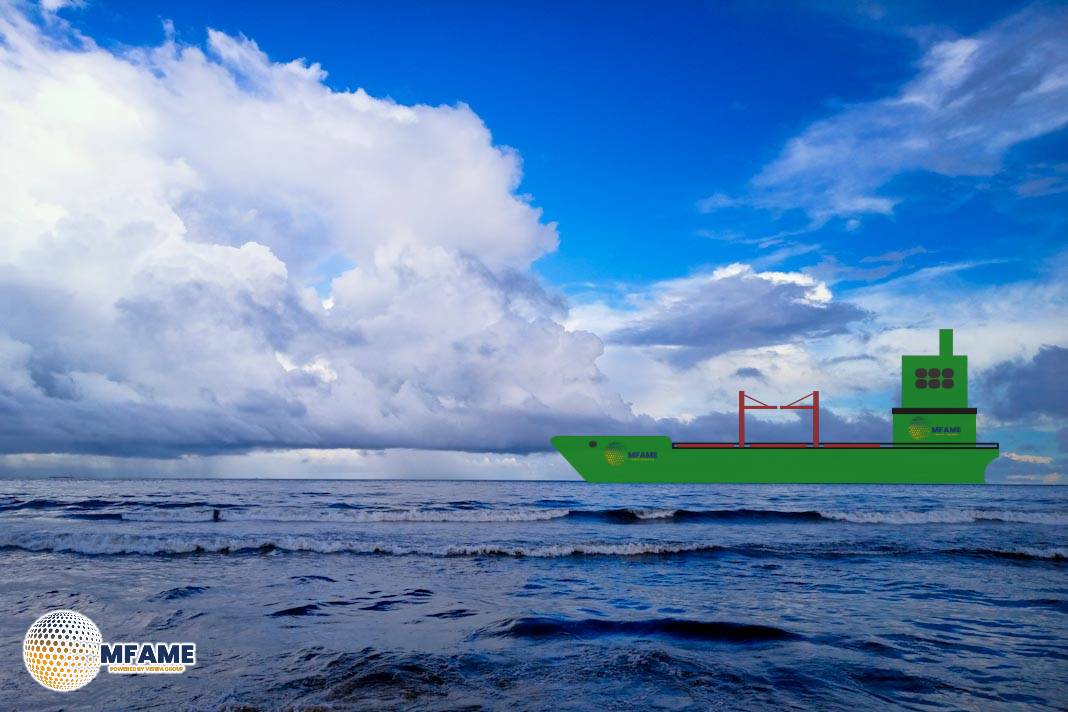- The shipbuilding industry is witnessing moderate growth, with Asia leading, while Europe and the U.S. focus on specialized vessels.
- Stricter environmental policies are driving innovation in LNG and hydrogen-powered ships.
- Automation, AI, and digital twins are transforming ship design and production efficiency.
The global shipbuilding industry is undergoing a major transformation, shaped by sustainability regulations, technological advancements, and shifting regional demands. With a focus on cleaner energy solutions and digital innovation, the industry is expected to evolve significantly from 2025 to 2029, reports Technavio.
Market Growth and Regional Shifts
Asia remains the dominant player in shipbuilding, but the U.S. and Europe are strengthening their foothold by investing in specialized, high-tech vessels.
“The industry is seeing a shift towards greener, more fuel-efficient vessels,” an expert notes. Meanwhile, rising raw material costs and supply chain disruptions could impact production efficiency.
The Rise of Green Shipbuilding
Sustainability is now a priority, with governments pushing for cleaner energy solutions in ship construction. LNG-powered and hydrogen-fueled vessels are gaining traction, while emission regulations continue to tighten.
“Sustainability is not just an option—it’s the future of shipbuilding.” Companies are also exploring carbon-neutral materials and alternative propulsion systems.
The Role of Technology in Shipbuilding
Automation, AI-driven ship design, and digital twin technology are reshaping shipbuilding processes, making them more cost-effective and efficient.
“Digital transformation is reshaping the way ships are built and operated,” says a leading analyst.
Additionally, robotics and 3D printing advancements are streamlining construction and reducing human error.
Did you subscribe to our daily Newsletter?
It’s Free Click here to Subscribe!
Source: Technavio

















